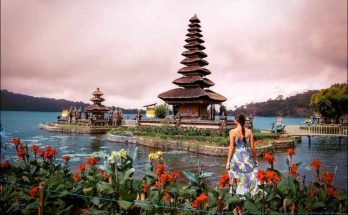A glance at the map will show the peculiar disposition of the land. And it will also show hundreds of streets running east and west from river to river; but, at its widest part (Fourteenth Street), only seventeen avenues running north and south, and the majority of these not available for through traffic. The map, when taken in connection with the accepted idea of most New Yorkers that business must be transacted within a stone’s throw of Wall Street and living must be carried on in the neighborhood of the Central Park, will explain, readily enough, why there is so much friction during the “rush” hours.
Hundreds of thousands of human ants want to pass along the fence rail at the same time. The transportation of a million or more people a day from one point to another along the high ridge of crowded Manhattan is no easy task. They say in London or Paris or Berlin, with a little air of superior experience, that they do things differently over there. True enough, but the chances are they could not do this kind of thing at all.
The movement of these large bodies of people along the ridge begins early in the morning. From seven until ten o’clock one may notice the drift of people in the side streets toward the main thoroughfares. Men hurry along for a block or so and then disappear down a subway entrance, or up the steps of an elevated station, or they turn down an avenue to wait for a surface car.
The surface lines along Third, Fourth, Sixth, and Seventh Avenues are always crowded with passengers from Harlem down as far as Union Square; but they are not usually taken by people who are moving toward the lower part of the city. They are not fast enough and are subject to being held up at every street crossing. The crowd in them is “getting to business” in the up-town stores and offices, or else is coming down from the region of the park to shop or travel or keep some form of engagement.
Views: 278



